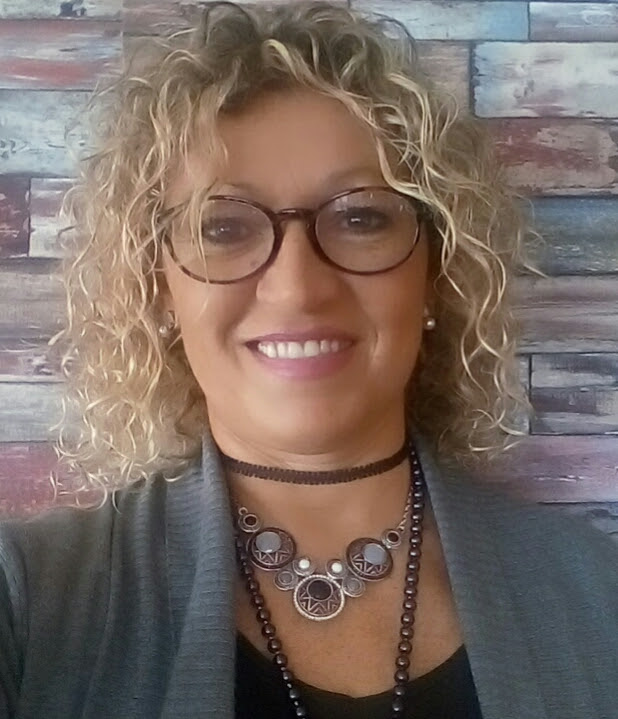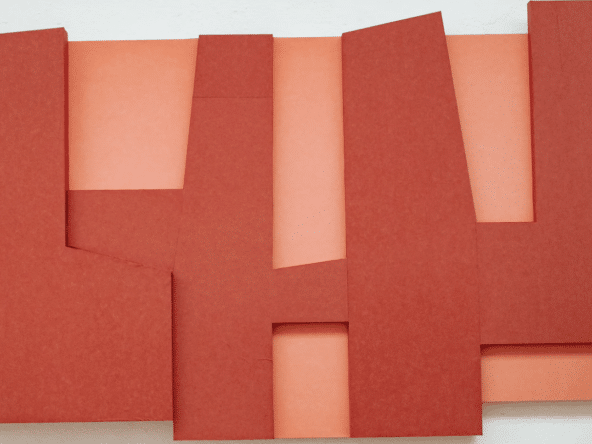The Pau Casals Museum was made in memory of Pau Carles Salvador Casals i Defilló, the famous Catalan musician (El Vendrell, Catalonia, Tarragona, Spain, December 29, 1876 – San Juan de Puerto Rico, October 22, 1973).
Due to his incomparable performance as a cello player, Casals is considered one of the best cellists of all time. One of his most famous compositions is the "Hymn of the United Nations", known as the "Hymn of Peace."
A magnificent orchestra conductor and notable composer, Casals was always a complete artist, with the ironest discipline and the deepest dedication to music.
The famous musician Pau Casals gave a speech at the United Nations General Assembly in 1971. In his speech, Casals called for peace and justice, and stated that music can be a powerful instrument to unite humanity. He also spoke about his experience as a Catalan and his fight for the independence of Catalonia, and referred to the importance of protecting the human rights and freedom of all people.
After his speech at the UN, Pau Casals interpreted the Number of ocells (in Spanish, "The song of the birds"), a traditional Catalan composition. This piece became a new hymn to freedom.
In addition to being recognized for his impressive musical work, Pau Casals stood out throughout the world for his activism in the defense of peace, democracy, freedom and human rights, which earned him prestigious decorations such as the UN Peace Medal. and be nominated for the Nobel Peace Prize.
Pau Casals died on October 22, 1973, at the age of 96, in San Juan, Puerto Rico, as a result of a heart attack. He was buried in the San Juan Memorial Cemetery in Puerto Rico.
The best works of Pau Casals
Some of his most notable works for cello include:
- "El Pesebre", a suite for cello and piano based on a Christmas poem by Joan Maragall
- "El Cant dels Ocells", a Catalan popular song that Casals transcribed for cello and piano
- Ludwig van Beethoven's "Seventh Symphony", which Casals performed with the London Symphony Orchestra in 1927
- The “Symphony in B Minor” by Johannes Brahms, which Casals performed with the Vienna Philharmonic Orchestra in 1943
- Gioachino Rossini's "William Tell Overture," which Casals performed with the New York Philharmonic Orchestra in 1948
The Pau Casals Museum
In the San Salvador neighborhood of Coma-ruga, there is the headquarters of the Pau Casals Foundation, with another house-museum in front of an auditorium named after him, and with a bust made by the sculptor Josep María Subirachs.
On July 3, 1972, Pau Casals and his wife Marta Montañez created the Pau Casals Foundation with the aim of leaving in Catalonia all the legacy that the teacher kept in his house in Sant Salvador, in the municipality of El Vendrell.
The main objective of the museum is to conserve, preserve and disseminate the life and work of Pau Casals through the extensive artistic and documentary heritage that is preserved there. The Foundation offers many cultural activities such as Conferences and Exhibitions and activities for the whole family. See the activities agenda here
The Pau Casal Auditorium, which is in front of the same museum, hosts concerts and concert series.
More information on the Foundation's website: paucasals.org
What is the cello
The cello is a stringed musical instrument played with a bow. Similar to the cello, but larger and has a deeper sound. The cello popularized by Pau Casals is one of the most used instruments in classical music by orchestras and chamber ensembles. You can also play solo or in jazz and folk music groups. Some famous musicians who play the cello include Mstislav Rostropovich.

